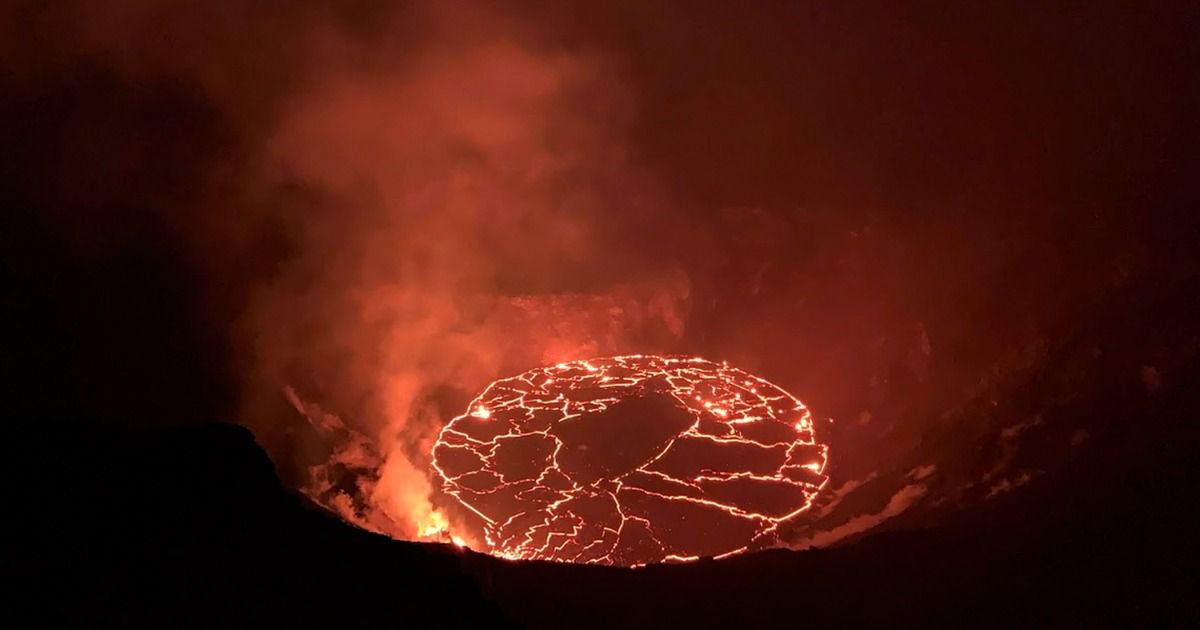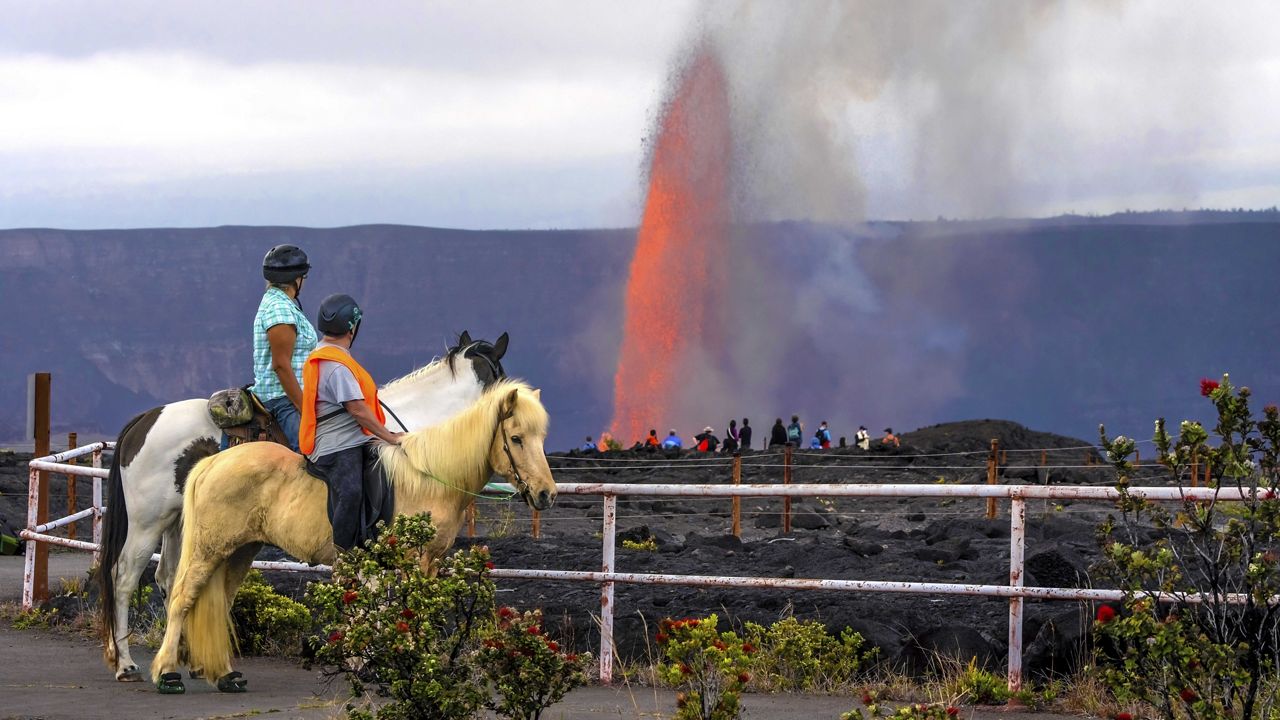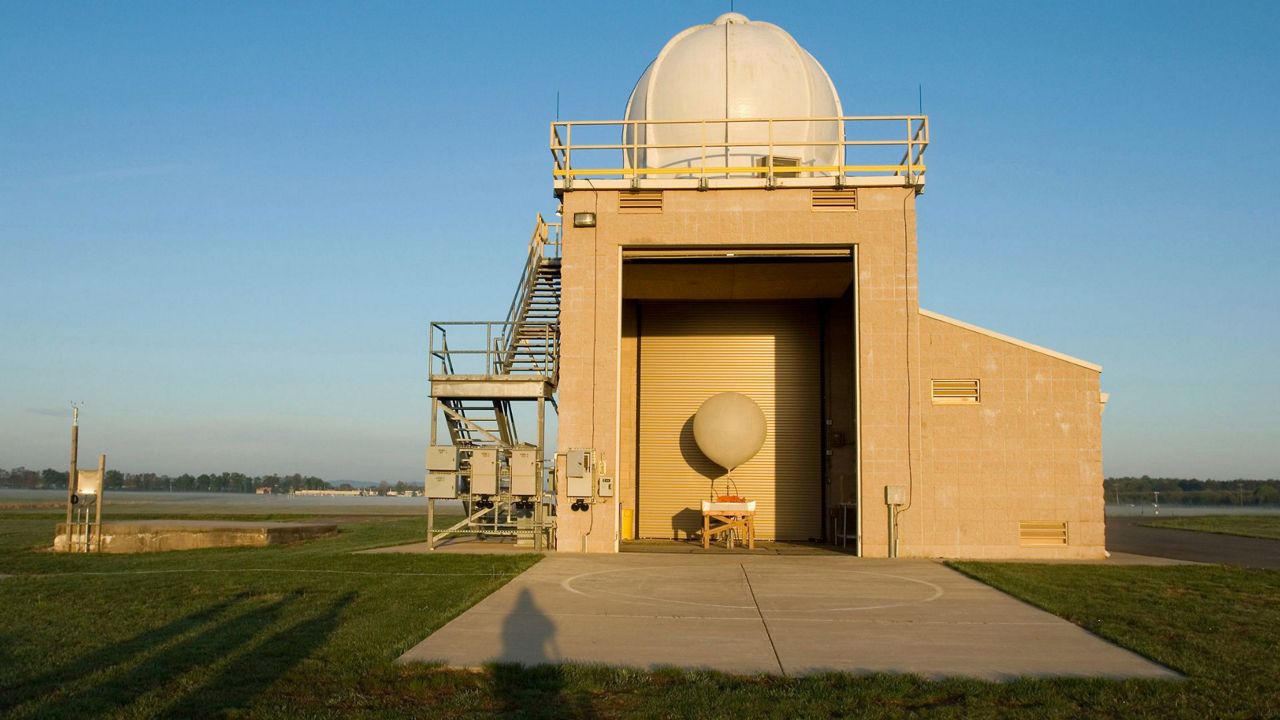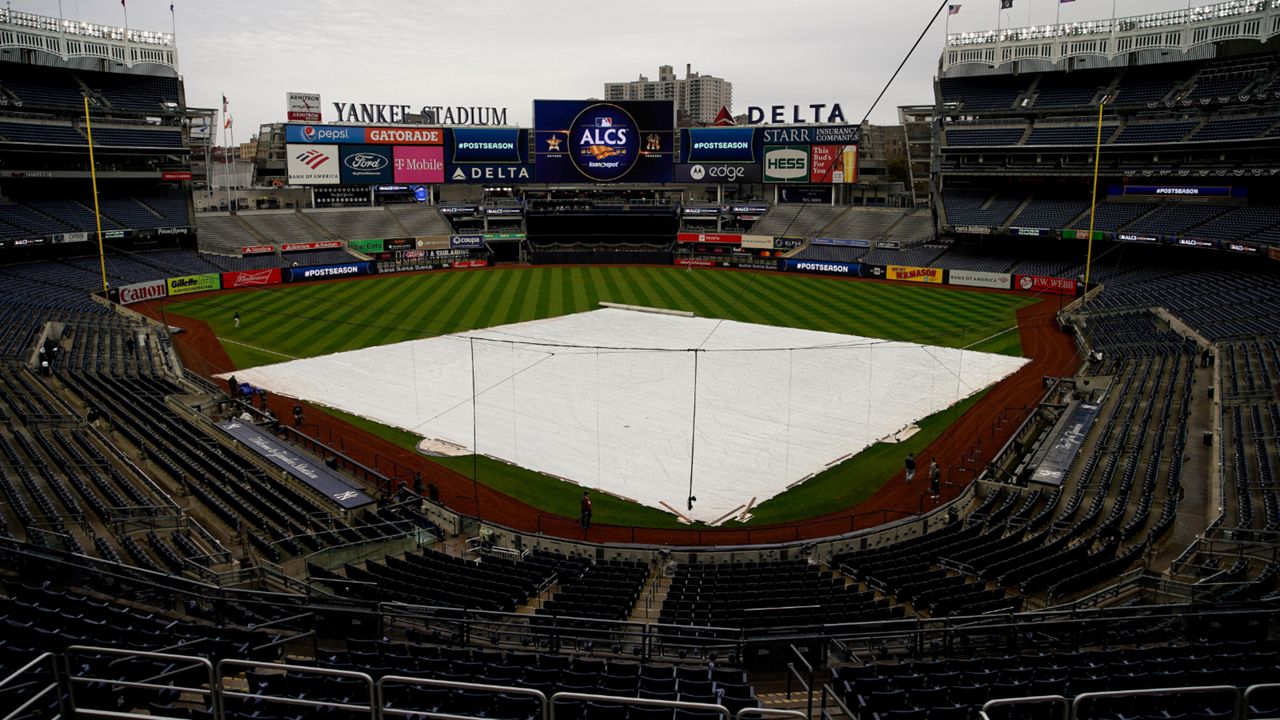Predicting a volcanic eruption could come down to studying the lava inside the mountain. More precisely, the sounds coming from that lava that could indicate when a volcano is ready to blow.
In a new study published in Science Advances, volcanologists say seismic waves from lava lakes could turn into a good indicator to forecast potential eruptions and when they’ll stop.
The team focused on the Kīlauea volcano on the Big Island in Hawaii. They looked through data from the USGS Hawaiian Volcano Observatory from 2008 to 2018 for their study.
The Kīlauea volcano is the most active volcano on Earth. The lava lakes atop of it is a major source of the scientists’ research to forecast eruptions.
Lava lakes are large amounts of molten lava. And sometimes that volume of lava has a volume of its own, even though you might not be able to hear it.
We talked to one coauthor of the study, volcanologist Leif Karlstrom from the University of Oregon. He says lava lakes produce sounds that are quiet to the human ear.
“The rockfalls induce vibrations in the magma column, which generate vibrations in the surrounding solid Earth that are recorded on seismometers. The vibrations are much too low frequency to hear—we have to speed them up by a factor of 1000 or more to listen to them.”
Karlstrom says there’s a connection between the temperature of the magma and duration of the seismic signals.
“Each seismic signal lasts between 5-20 minutes, associated with rock falls from the Halema’uma’u crater on to the lava lake. Thousand of these events occurred between 2008-2018.”
Forecasting volcanic eruptions could be very technical. Scientists use “very long period” signals or VLP to predict eruptive sequences from lava lakes.
It’s all because of the magma plumbing system, which is a network of how magma moves through a volcano. The system transports fresh magma to the lava lake.
“We solve conservation equations for small amplitude oscillations in the volcanic conduit and underlying magma reservoir in Kilauea.” He then said, “the ground deformation generated by these fluid oscillations predicts the seismic signals.”
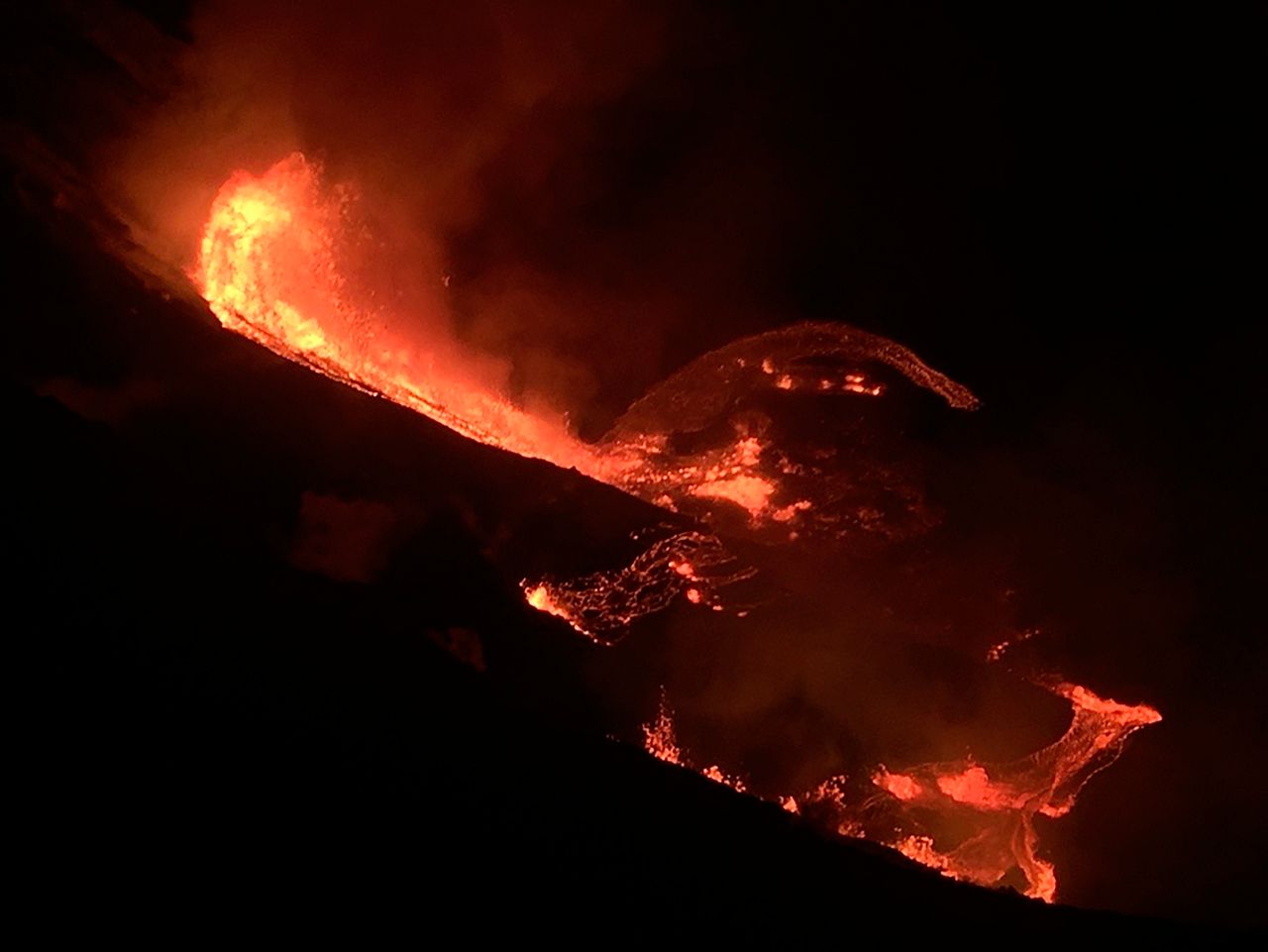
Through this process, volcanologist can find out the eruptive potential of a volcano from the bubbles in the magma.
The seismic frequencies from the Kīlauea volcano are below 5 hertz and sound similar percussion instrument.
Karlstrom says lava lakes are “simply harmonic, which makes them sound like a drum or marimba.”
Volcanologist hopes their study will expand more research about magmatic systems and provided scientists with the tools to predict the next volcanic eruption.
“It’s really hard to know what’s going on underneath the surface at active volcanoes. This approach provides a new way to infer time-evolving properties of magma and the shape of the plumbing system.”
Our team of meteorologists dive deep into the science of weather and break down timely weather data and information. To view more weather and climate stories, check out our weather blogs section.






